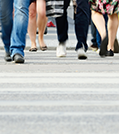
|
NHTSA reports a decline in overall traffic deaths but increases in pedestrian and bicyclist fatalities ... For the second year in a row, fatalities on U.S. roadways declined, NHTSA reports. However, pedestrian deaths increased by 3.4% and bicyclist deaths by 6.3%, with both categories seeing the highest number of fatalities since 1990. In urban areas since 2009, pedestrian fatalities increased by 69% and bicyclist fatalities by 48%. Read more here.
|
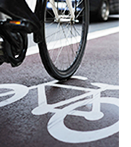
|
NTSB recommends mandatory bicycle helmet laws ... Given the increase in bicyclist deaths, the National Transportation Safety Board has issued several recommendations to government agencies, including that all states "require that all persons shall wear an age appropriate bicycle helmet while riding a bicycle." Currently, no states meet this requirement, although many require helmets for younger riders. While mandated helmet use is controversial, advocates do agree on the need for a stronger focus on infrastructure and technological improvements .
|
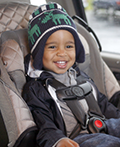
|
New York is the latest state to update its child passenger safety laws ... Children under age two are now be required to ride in rear-facing car seats unless they have special needs conditions that would make doing so dangerous. New York joins 10 other states that require children to be secured in rear-facing car seats until age 2.
Keeping little ones warm and safe in car seats ... NHTSA's facebook page offers illustrated guidelines that can be shared with parents and caregivers on how to deal with puffy winter coats when securing children in car seats.
|
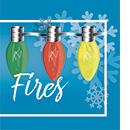
|
Winter brings increased fire risks .... The NFPA wants to "put a freeze on winter fires," including those caused by heating, holiday decorations, winter storms and candles. Free infographics are available here. Half of all home heating fires occur from December through February.
|
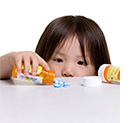
|
Child-proofing blind spots often missed by parents and caregivers ... Safe Kids Worldwide lists six often overlooked risks that parents and caregivers need to address to keep homes safe for the little ones: button batteries, liquid laundry packets, burns and scalds, televisions and toys.
|
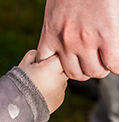 |
Substance misuse resources for those who work with children and families ... One in eight children are estimated to be living with a parent who misused substances during the past year, according to SAMHSA. Head Start offers well-researched resources that are helpful to anyone who may encounter families who are dealing with issues related to opioid and substance misuse. Learn more here.
|
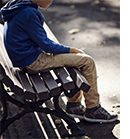
|
Adverse Childhood Experiences put three out of five people at risk ... A recent CDC Report offers insight into the long-term impact of childhood trauma. An estimated 62% of adults surveyed had experienced one ACE during childhood; another one in four reported three or more types of ACEs. ACEs automatically increase the lifelong likelihood of injury and illness (physical and mental). The report offers strategies and approaches for preventing ACEs. NPR breaks down what that means.
|
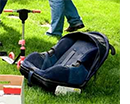
|
How safe is that used car seat, stroller, or crib? ... We know that you know, but this Consumer Reports article is easy to share with caregivers and offers the reasons why you shouldn't buy (or get for free) certain used baby products, especially car seats, cribs or strollers. It also offers a few recommendations.
|
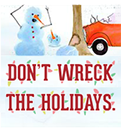 |
Impaired driving prevention this holiday season ... NHTSA is offering marketing tools that can be used and distributed locally and, at the same time, tie into community, state and national campaigns.
|
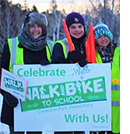
|
Trending: Winter Walk to School Day ... An increasing number of communities, states and provinces are promoting Winter Walk to School Day. Here are some we found online. If we missed yours, please let us know!
|